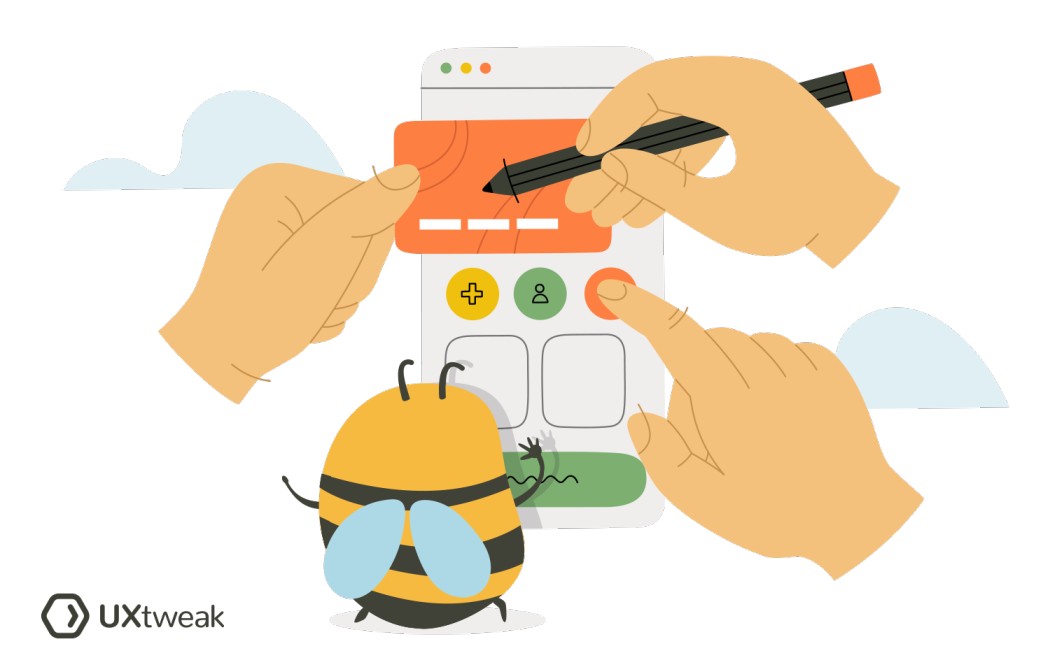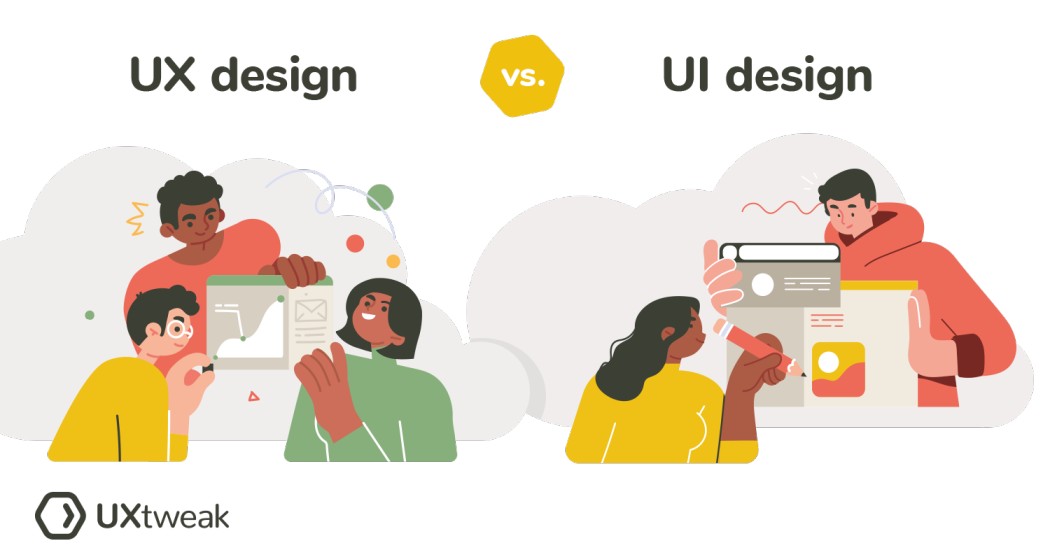Why is UX design important?
UX design focuses on creating intuitive and user-friendly interfaces. By considering user workflows, information architecture, and interaction design, UX designers optimize the usability of a product. This reduces user frustration, minimizes errors, and improves efficiency, resulting in a better overall end-user experience.
A well-designed user experience can directly impact business success. When users have positive experiences with a product or service, they are more likely to engage with it, recommend it to others, and become loyal customers. By prioritizing user needs and preferences, UX design contributes to customer satisfaction, increased user engagement, and ultimately, improves business outcomes.
Investing in UX design early in the digital product development process can save costs in the long run. By conducting user research, prototype and usability testing, UX designers can identify and address usability issues, design flaws, and user concerns early on. This prevents costly redesigns and rework later in the development cycle.
How to learn UX design?
To learn UX design, you can follow these steps:
- Study the Fundamentals: Begin by gaining a solid understanding of the foundational UX design principles and concepts. Books, online courses, and educational websites can all be helpful resources for learning UX basics.
- Gain Practical Experience: Start with small exercises or personal projects to practice UX design skills. Look for opportunities to collaborate with others, such as joining design groups, participating in challenges, or contributing to open-source projects. Practical experience helps you develop your skills and build a portfolio.
- Learn Design Tools: Familiarize yourself with popular UX design tools used in the industry. Tools like Sketch, Adobe XD, Figma, or InVision are commonly used for wireframing, prototyping, and creating design mockups. Explore tutorials, documentation, and online resources to become proficient in using these tools.
- Engage in User Research: User research process is a crucial aspect of UX design. Learn about different research methods and practice using online user research tools like UXtweak. Practice conducting research to understand user needs, behaviors, and pain points. Incorporate user feedback and insights into your design process to create more effective solutions.
- Stay Updated with Industry Trends: UX design is a rapidly evolving field, so it’s important to stay up to date with the latest UX trends, best practices, and emerging technologies. Follow influential designers and thought leaders on platforms like Medium, LinkedIn, or Twitter. Attend conferences, webinars, or workshops to stay current with industry advancements.
- Seek Feedback and Mentorship: Share your work with peers, mentors, or UX communities to receive constructive feedback and guidance. Join online forums or local design meetups to connect with professionals in the field who can provide valuable insights and mentorship. Engaging with the UX design community helps you grow and improve your skills.
What are the use cases of UX design?
There are numerous use cases for UX design across various industries. Here are a few examples:
- Mobile Applications: UX design is crucial for creating intuitive and engaging mobile app experiences. By understanding user needs and mobile context, UX designers can design interfaces that are easy to navigate, visually appealing, and optimize interactions for smaller screens.
- E-commerce Websites: UX design plays a vital role in e-commerce platforms, focusing on creating seamless and enjoyable shopping experiences. By streamlining the checkout process, providing clear product information, and incorporating personalized recommendations, UX design improves user engagement and increases conversion rates.
- Software Applications: UX design is essential for designing software applications, whether it’s productivity tools, customer relationship management (CRM) systems, or enterprise software. UX designers work to simplify complex workflows, optimize user interactions, and ensure that the software aligns with the users’ needs and goals.
- Websites and Landing Pages: UX design is integral to creating user-friendly websites and landing pages. UX designers enhance the user experience, making it easier for visitors to find information, engage with content, and complete desired actions.
Financial Services: UX design is important in the financial sector to create user-friendly interfaces for banking platforms, investment tools, and financial management applications. By simplifying complex financial processes, providing clear visualizations, and ensuring security, UX design enhances user trust and engagement in financial services.
FAQ
UX design focuses on the overall user experience, including research, problem solving, and usability, while UI design is primarily concerned with the visual representation and design of user interface interaction.
A UX design course is an educational program or training that provides structured learning and instruction in the field of User Experience design. These courses are designed to equip individuals with the knowledge, skills, and techniques necessary to become proficient in UX design principles and practices. Visit our list of UX courses if you are looking to enroll.





